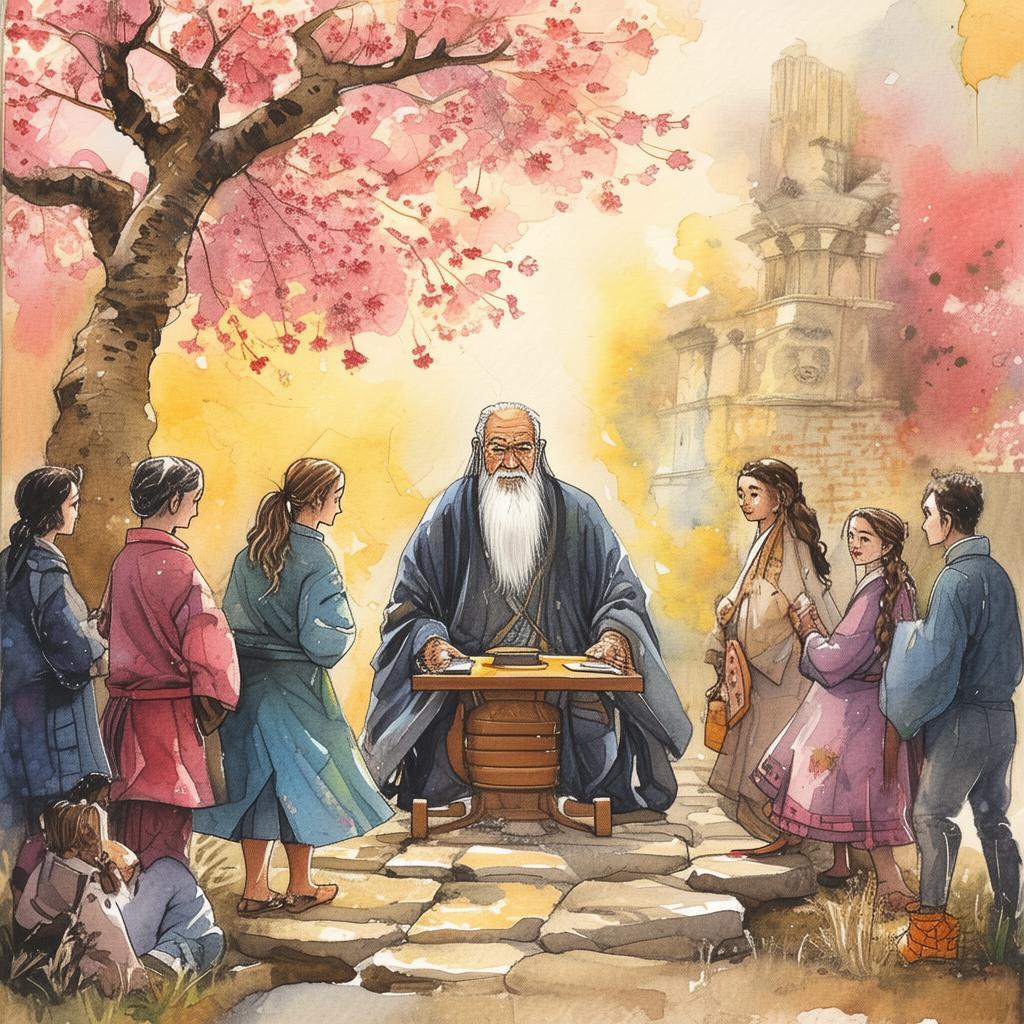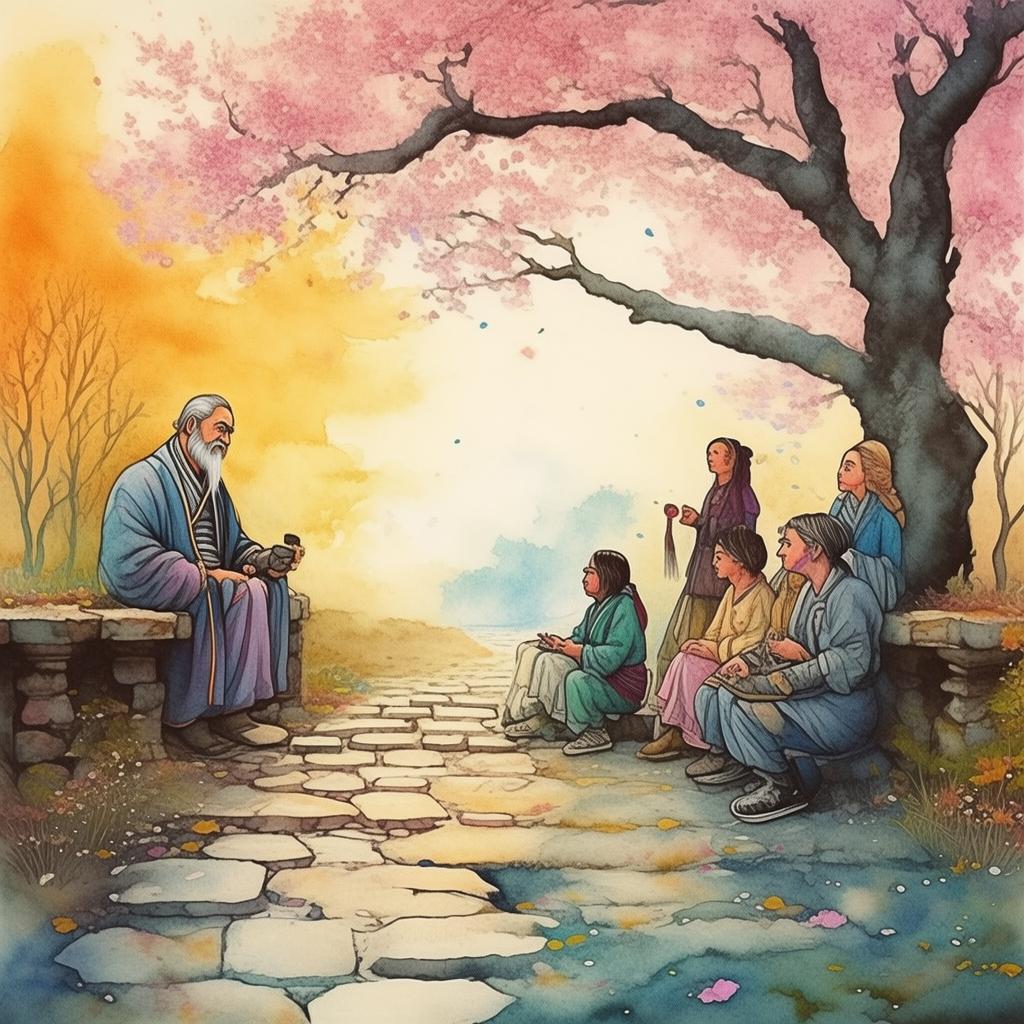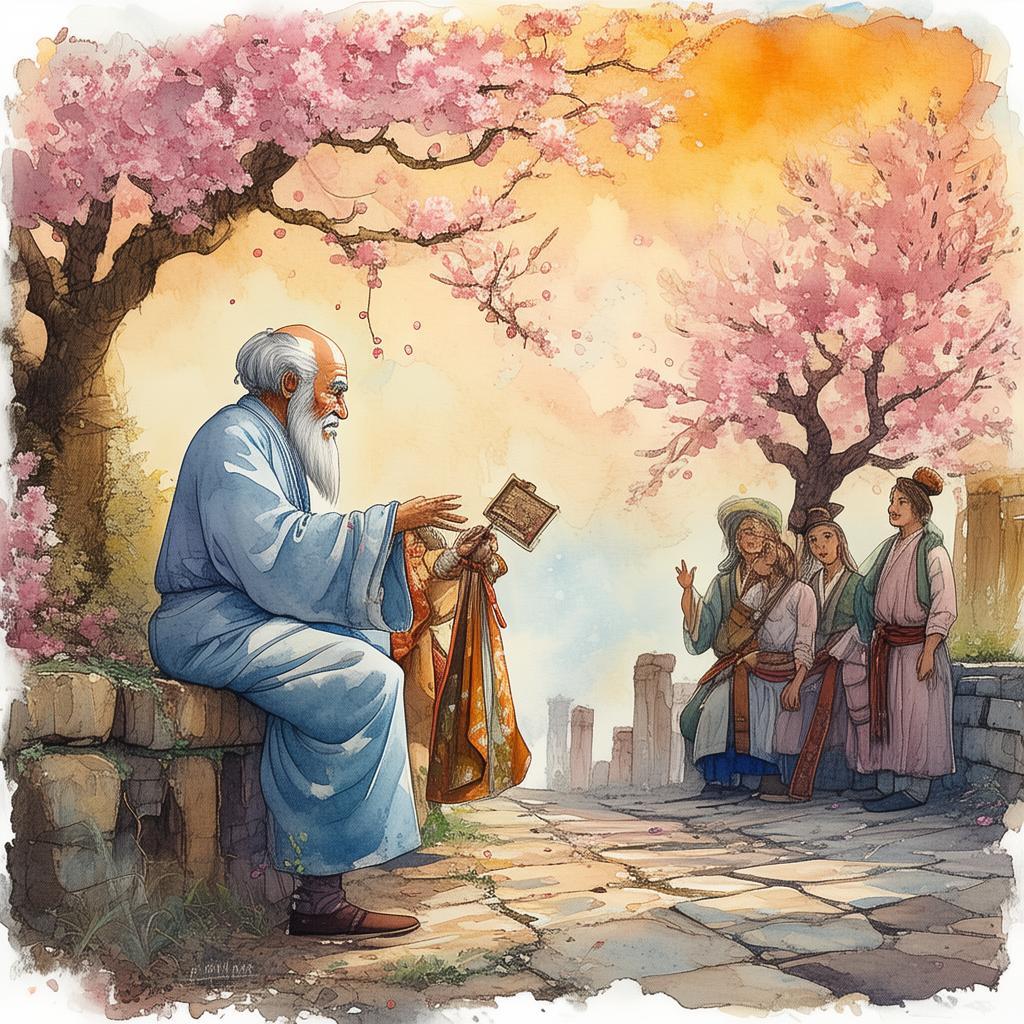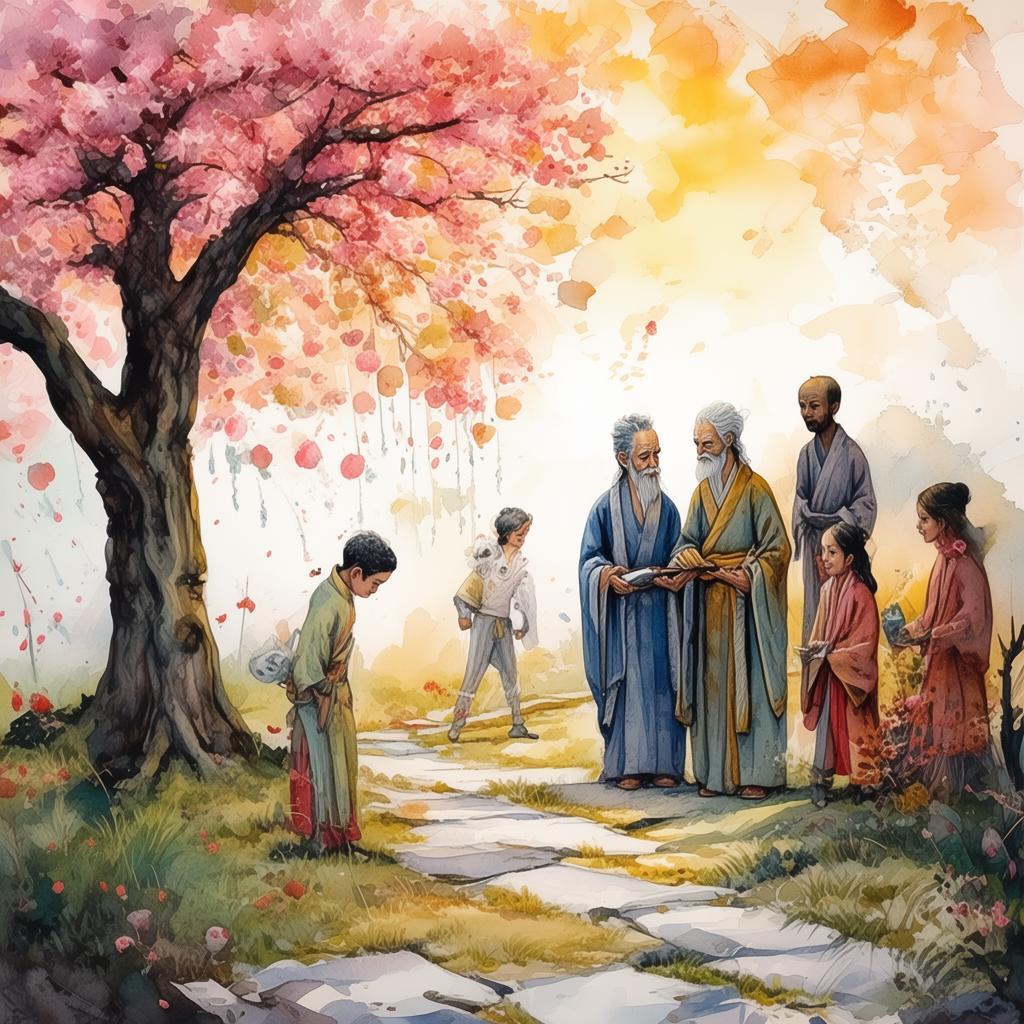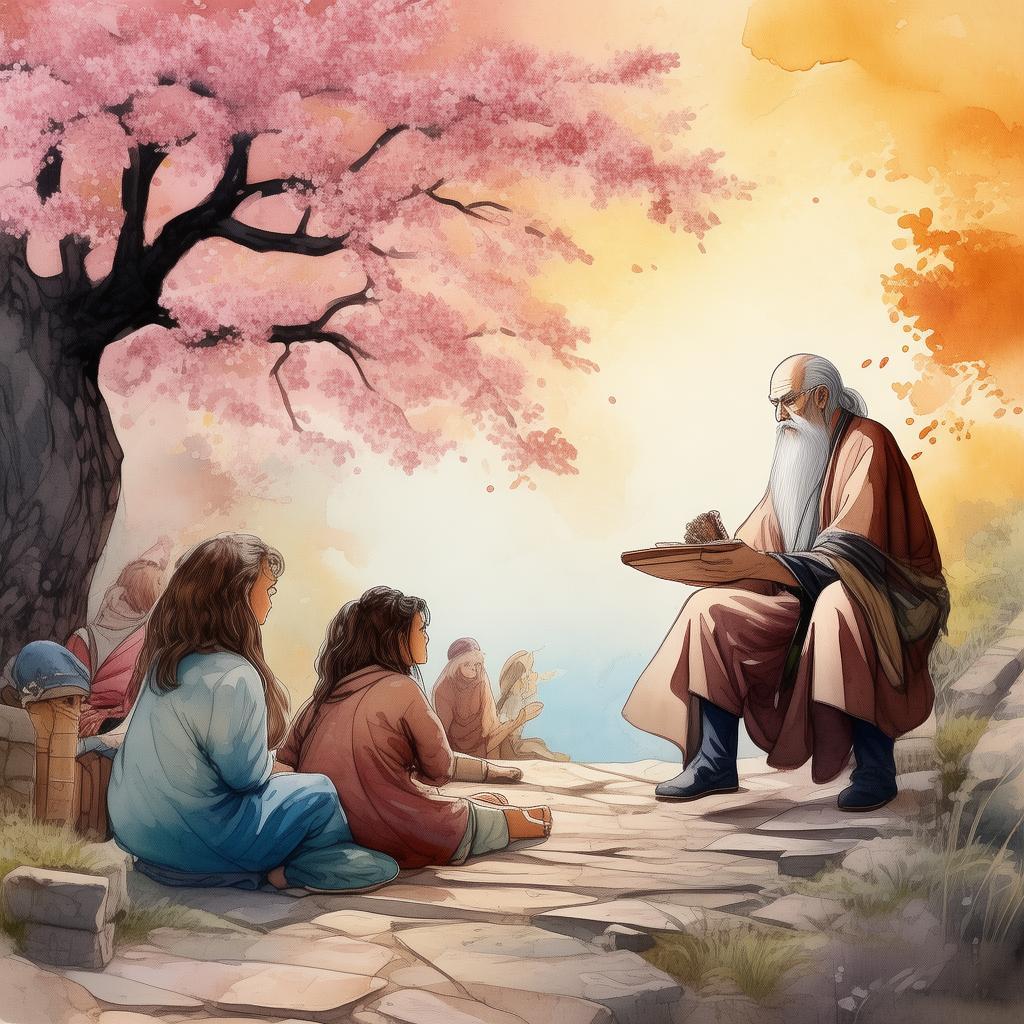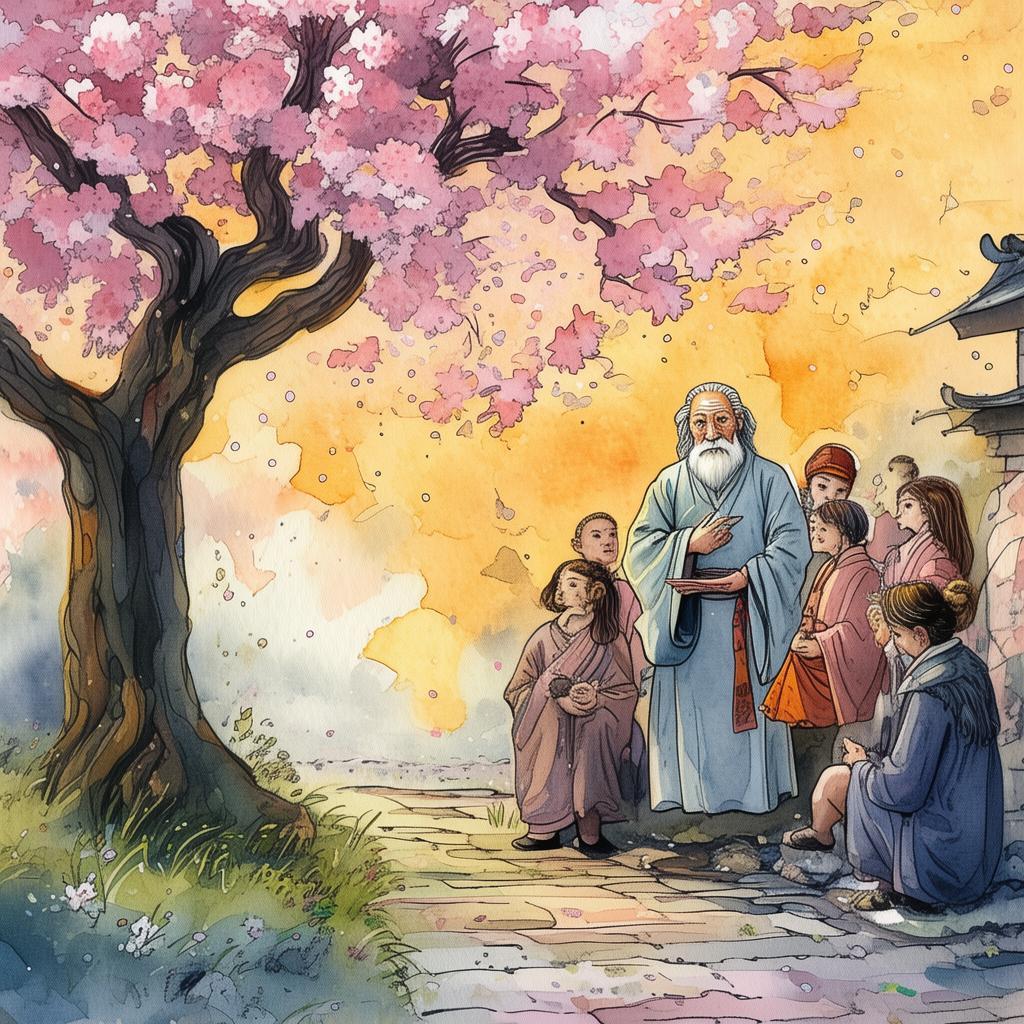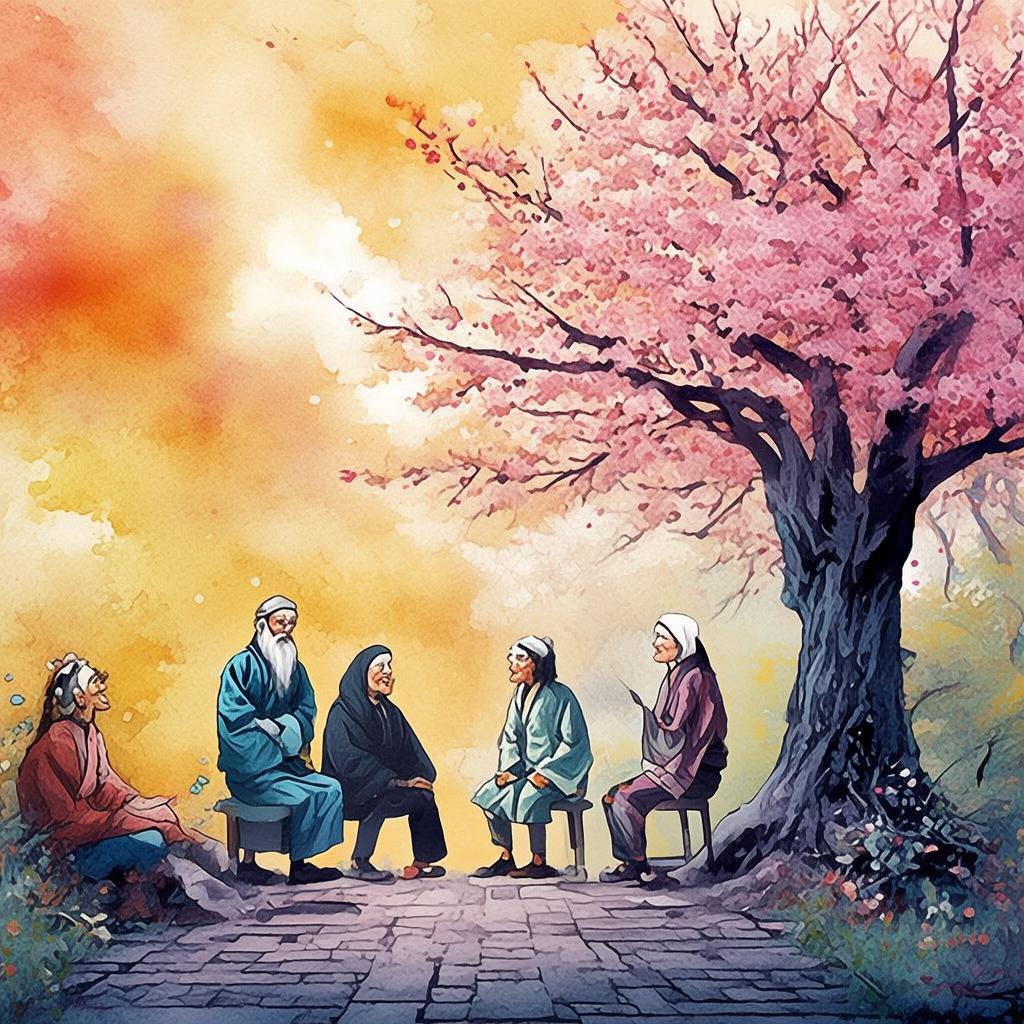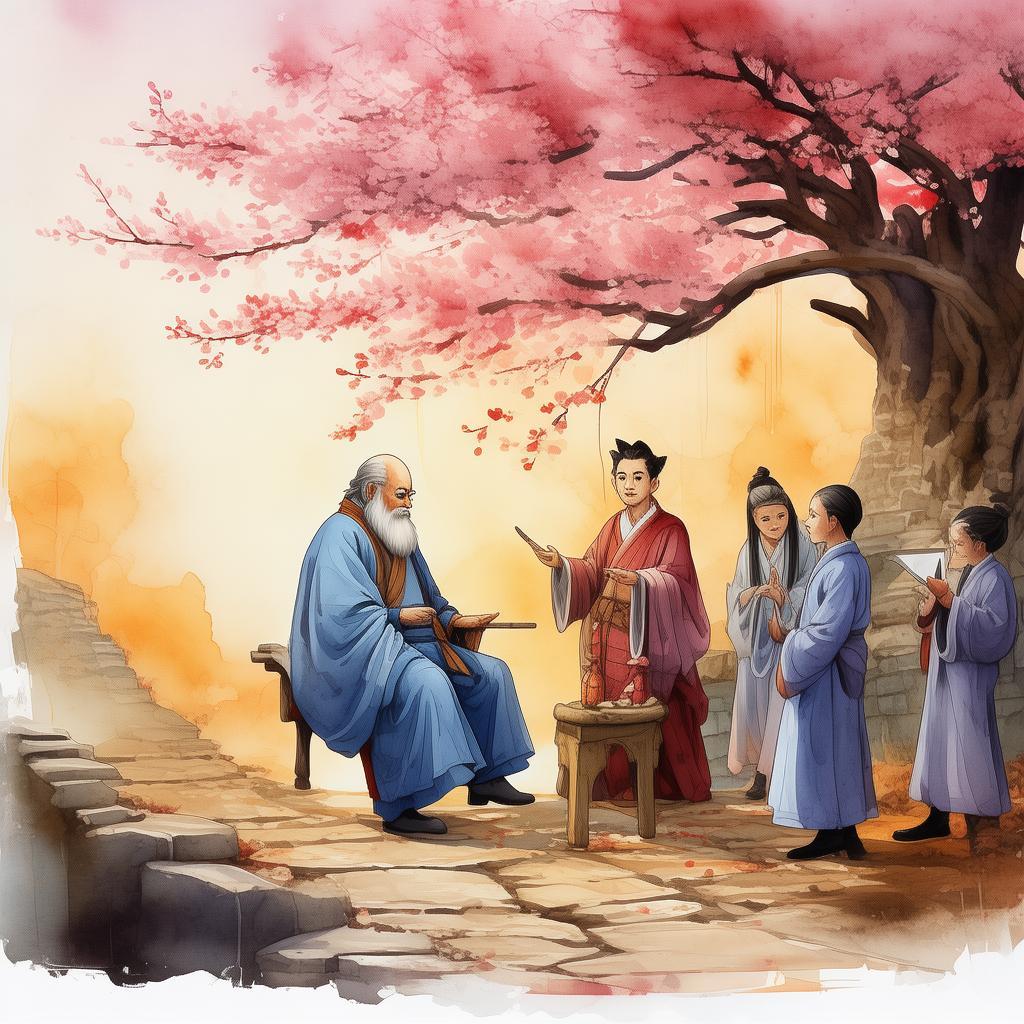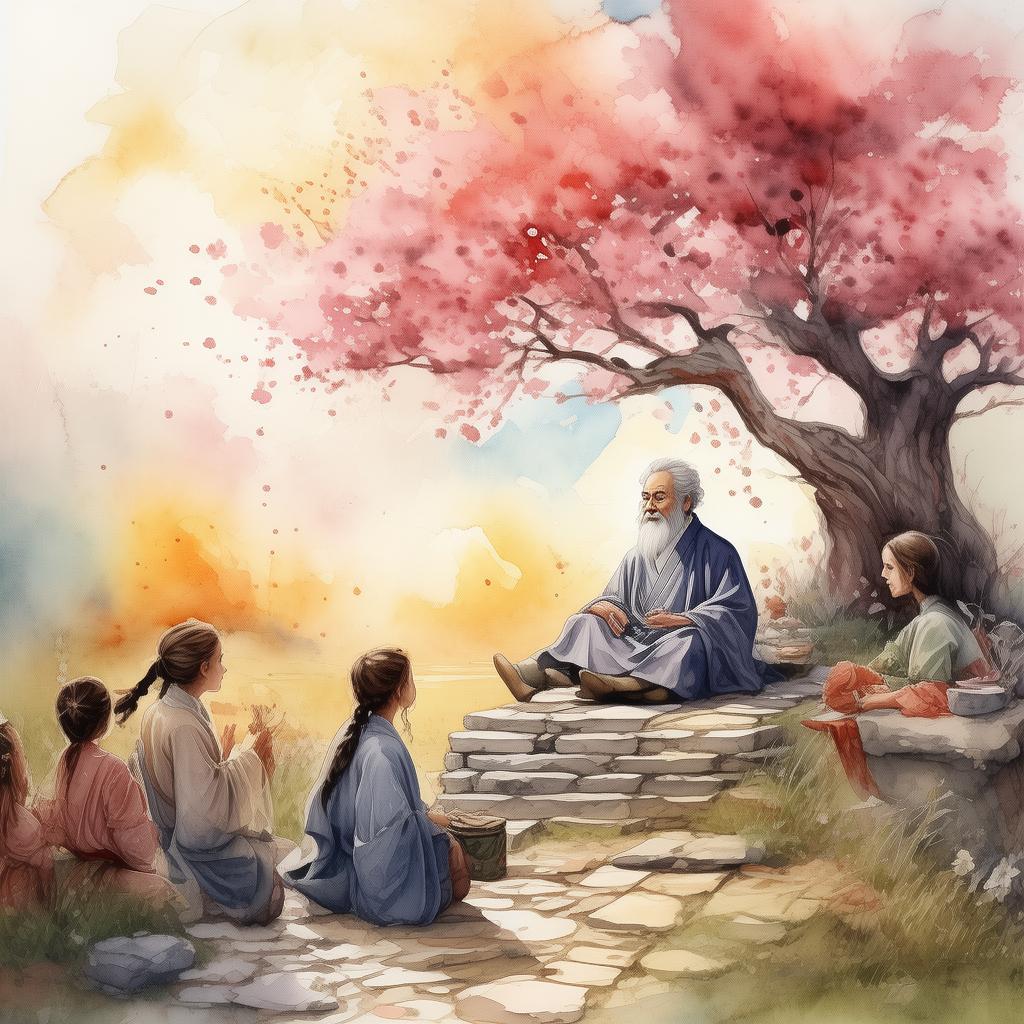The Calligraphy Conundrum: The Tale of the Scribe Who Unraveled the Paradox
In the heart of ancient China, there was a revered scribe named Hong, known for his unparalleled skill in the art of calligraphy. His calligraphy was said to carry the power to enchant and bewitch, but it was his intellect and sharp wit that truly set him apart. One fateful day, he was summoned by the emperor himself to solve a perplexing conundrum.
The emperor had acquired an ancient scroll, its calligraphy so intricate and enigmatic that even the wisest scholars in the court were baffled. It was a scroll that spoke of a paradox—a story that defied the very laws of logic and reality. The scroll was said to be the work of a scribe who had glimpsed the true nature of existence and, unable to comprehend it, had locked the knowledge away within a labyrinth of contradictions.
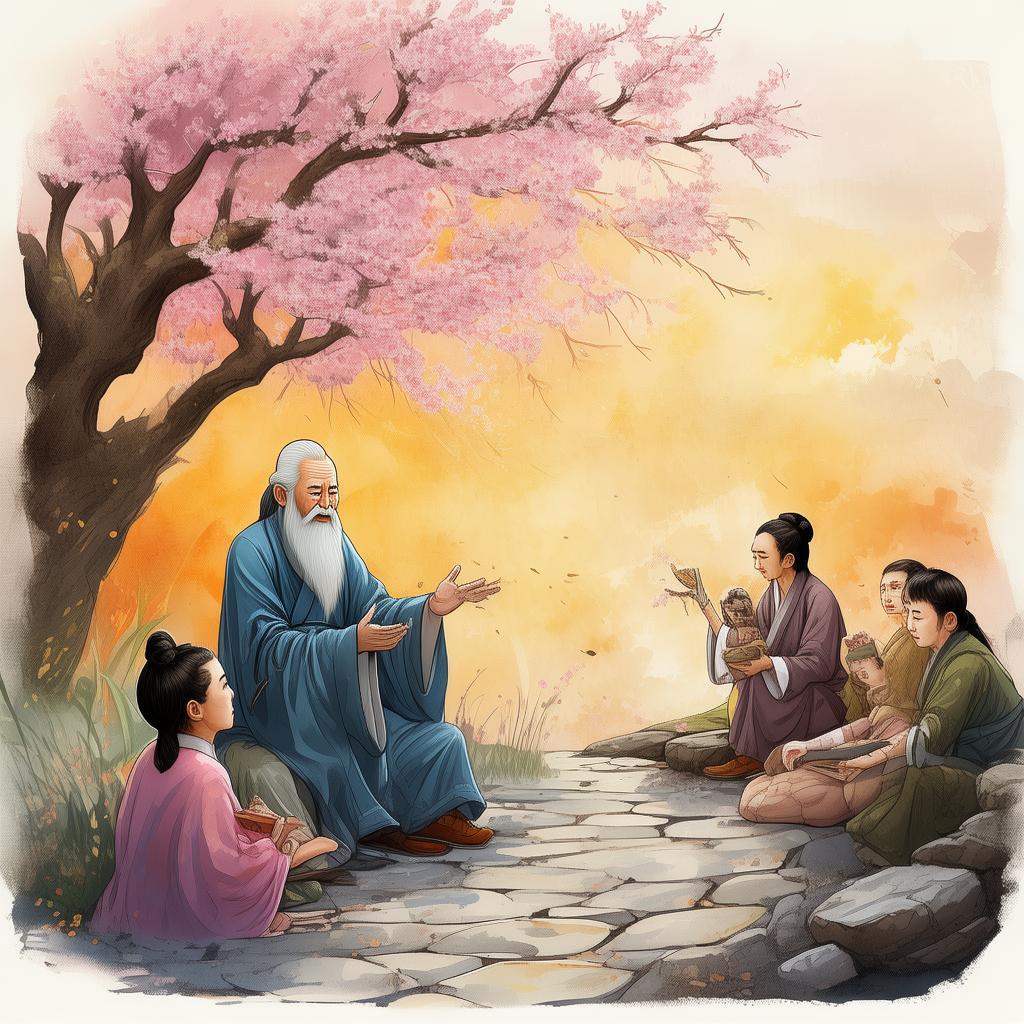
Hong accepted the task with a mix of curiosity and trepidation. He knew that the scroll's calligraphy was not mere ink on paper; it was a bridge to a realm where the rules of time and space were rewritten. His journey began with a meticulous analysis of each character, each stroke a clue to the puzzle that lay before him.
The first part of the scroll spoke of a scribe who found himself in a room with four doors, each adorned with a symbol representing one of the cardinal directions: north, south, east, and west. Each door led to a different realm, each with its own set of laws and realities. The scribe, faced with the impossible choice, chose none of the doors, instead opting to turn back.
Hong realized that this was the first paradox: the scribe's decision to retreat rather than advance was itself a contradiction, as it suggested an escape from a paradox that could only be resolved by facing it head-on. He began to suspect that the scribe had uncovered a deeper truth—that the paradox itself was a part of the fabric of reality.
As Hong delved deeper, he discovered that the scroll's calligraphy was a map to the scribe's mind. The symbols and characters were not just images but representations of his own thoughts and perceptions. The scribe, Hong realized, had been a witness to the birth of the universe, and his calligraphy was a record of the paradoxes that emerged with it.
The scribe's journey continued through a series of realms, each more perplexing than the last. He encountered creatures that defied the laws of physics, landscapes that could shift and change with the blink of an eye, and people who were both the same and yet entirely different. In each realm, Hong found that the scribe was confronted with a choice that could not be made without embracing the paradox at its core.
Hong came to understand that the scribe's quest was not for answers but for understanding. He was trying to reconcile the infinite with the finite, the possible with the impossible, and the known with the unknown. And as Hong deciphered the calligraphy, he began to experience the same paradoxes himself.
The climax of the story came when Hong reached the final realm, where the scribe had finally faced the ultimate paradox: the choice between life and death. The scribe had written that he chose neither, instead opting to transcend both. Hong, inspired by the scribe's resolve, decided to embrace the paradox within himself.
In a final act of defiance, Hong wrote his own calligraphy, a testament to his journey and his understanding of the paradox. The scroll, now illuminated by Hong's insight, revealed a truth that transcended time and space. It showed that the paradox was not a barrier but a path to enlightenment.
The emperor, witnessing the transformation of Hong and the scroll, realized that the scribe's paradox was not just a puzzle but a guide to the human condition. He decreed that Hong's calligraphy be preserved and studied for generations to come, a beacon of wisdom that would light the way for those who sought to understand the mysteries of existence.
The Calligraphy Conundrum: The Tale of the Scribe Who Unraveled the Paradox was a story that captivated the hearts and minds of all who heard it. It spoke of the power of the mind to confront and transcend the impossible, of the beauty found in the paradoxes that define us, and of the journey that each of us must take to truly understand the world and ourselves.
✨ Original Statement ✨
All articles published on this website (including but not limited to text, images, videos, and other content) are original or authorized for reposting and are protected by relevant laws. Without the explicit written permission of this website, no individual or organization may copy, modify, repost, or use the content for commercial purposes.
If you need to quote or cooperate, please contact this site for authorization. We reserve the right to pursue legal responsibility for any unauthorized use.
Hereby declared.
